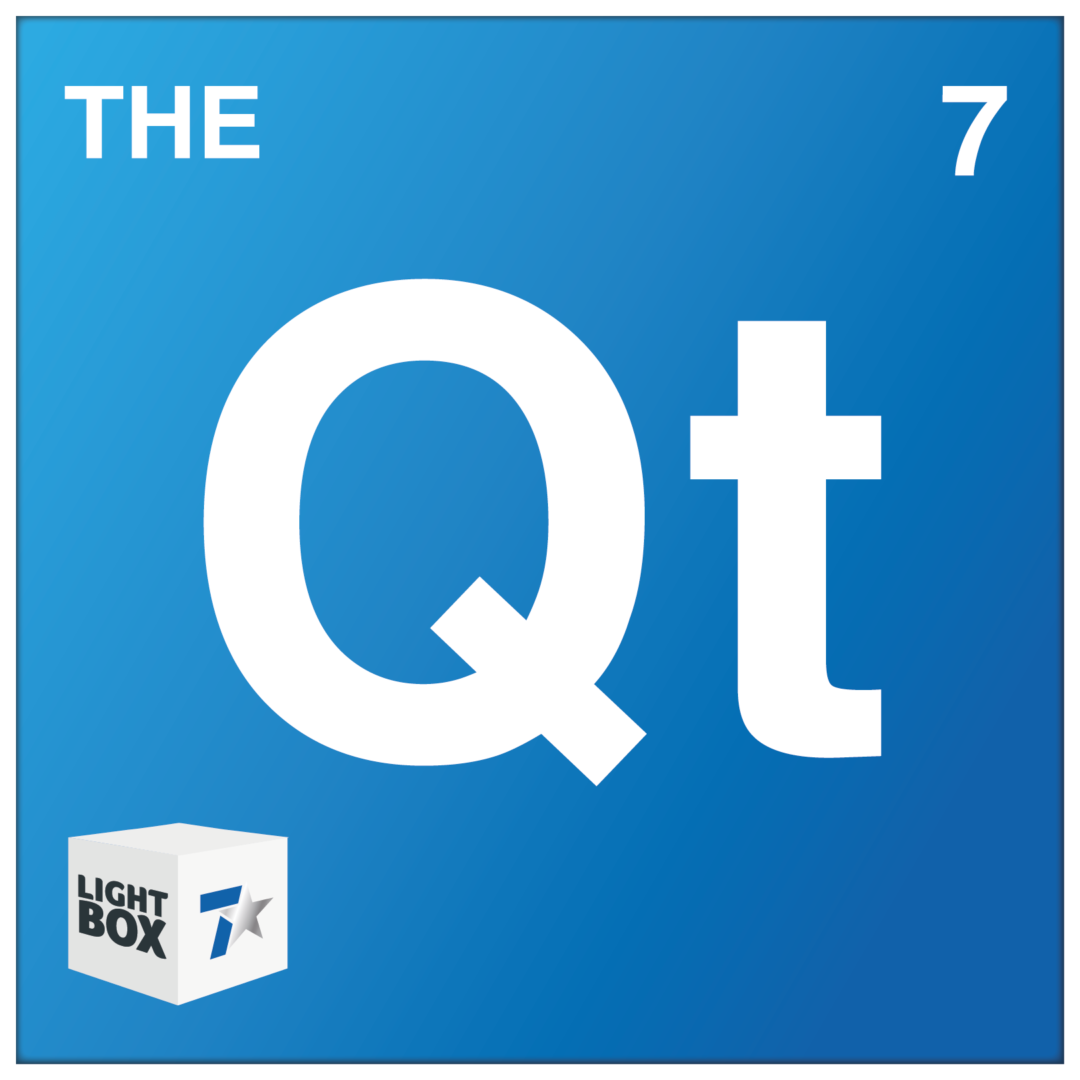
Take a Spring Break: The latest findings from The QT
May 2019 is the eleventh wave of our quarterly consumer confidence and state of the nation tracking study: The QT. This time around, we’ve asked Brits’ their attitudes to gardening, healthy eating & fitness, modern advertising, and most crucially; which of their household and daily routines are *really* a chore, and which they secretly enjoy rather than endure. Read on for more…
The Bank Holiday bonanza has done nothing to make us happier.
Compared to February 2019, there has been no real change in the nation’s happiness. One in three Brits feel more positive than they did last year, and just under half feel no different. The happiest cohort are those in Yorkshire & the Humber with four in five (79%) saying they’re as happy or happier than they were at this time last year. Maybe the recent success of the Tour de Yorkshire did something to brighten the mood.
Political positivity in a downward spiral… again.
Following the recent local elections, confidence in the political system is at an all time low. In February, the score was -66%, and May scores have plummeted to -73% net confidence. Parties themselves are at a staggering -77%, with negative sentiment more than doubling since this time in 2017.
If we look to talk about the elephant in the political room, the overriding emotions towards Brexit continue to evolve. 27% of Brits now say they are bored of Brexit, a staggering growth from 18% in February 2019, and 8% in May 2017. Only 1 in 20 (5%) of Brits are happy about the current state of affairs, which is a marked reduction from the 12% who felt this way in May 2017.
Pleasure or pain? The nation has spoken.
In light of the rise of cleaning and folding influencers (Mrs Hinch and Marie Kondo, anyone?), we decided to put it to Brits which of their daily habits or routines they had a secret satisfaction in doing.
Top of the pile? Walking the dog and booking holidays. 4 in 5 Brits who do these activities find them a pleasure, rather than a chore. Clothes shopping and exercising were hot on their heels, with around 3 in 5 Brits who do these activities finding them a pleasure.
The generational splits were the most interesting here. Cooking and Ironing were the mainstays of the older audiences, but cleaning brought great joy to around a third of 18-34s, versus 1 in 5 over 55s. Tidying personal possessions was also a surprise hit amongst the younger group.
Representation is key.
Back in 2018 we launched our whitepaper into Diversity and Inclusion in advertising, ‘Representing?’. This wave we wished to check back in with consumers to see if anything had changed in the last year. Unfortunately, only 1 in 4 (26%) of Brits feel they are fairly represented in advertising. Seems there is still some work to be done…
Keep an eye on @the7stars on twitter for more nuggets from this wave of the QT.
To find out more on any of these topics, or ask for more information please email lightbox@the7stars.co.uk
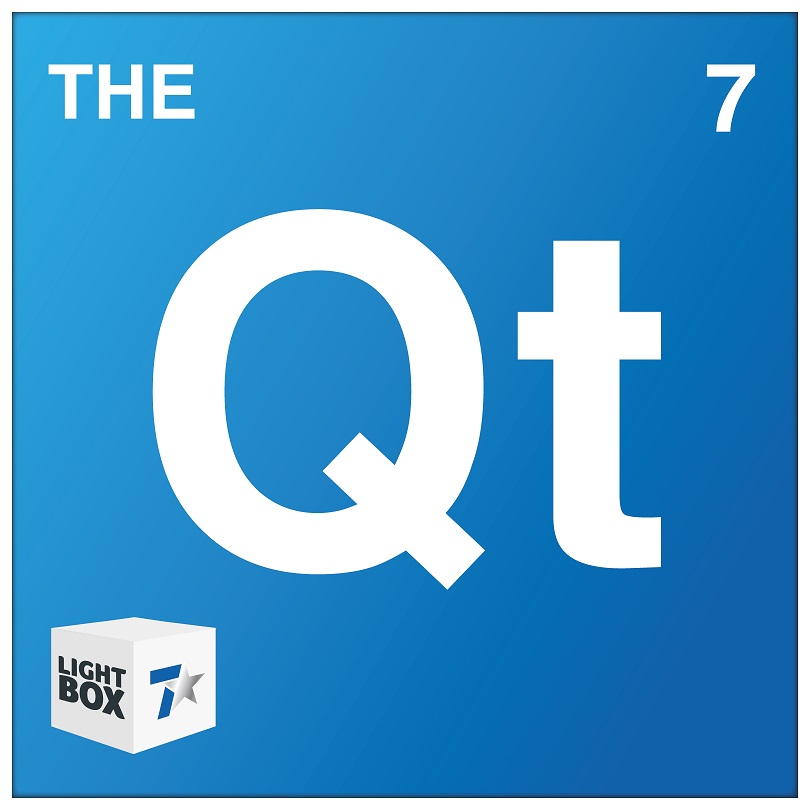


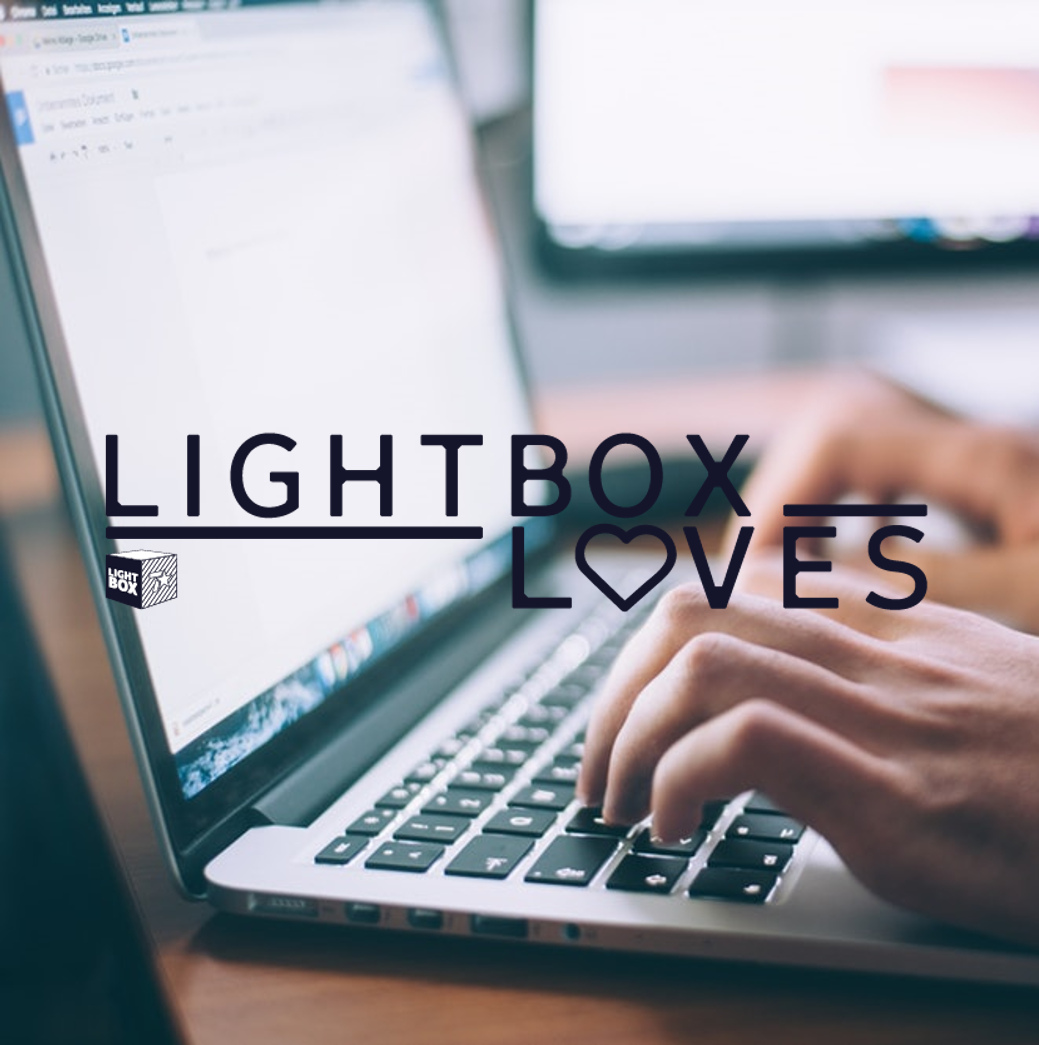
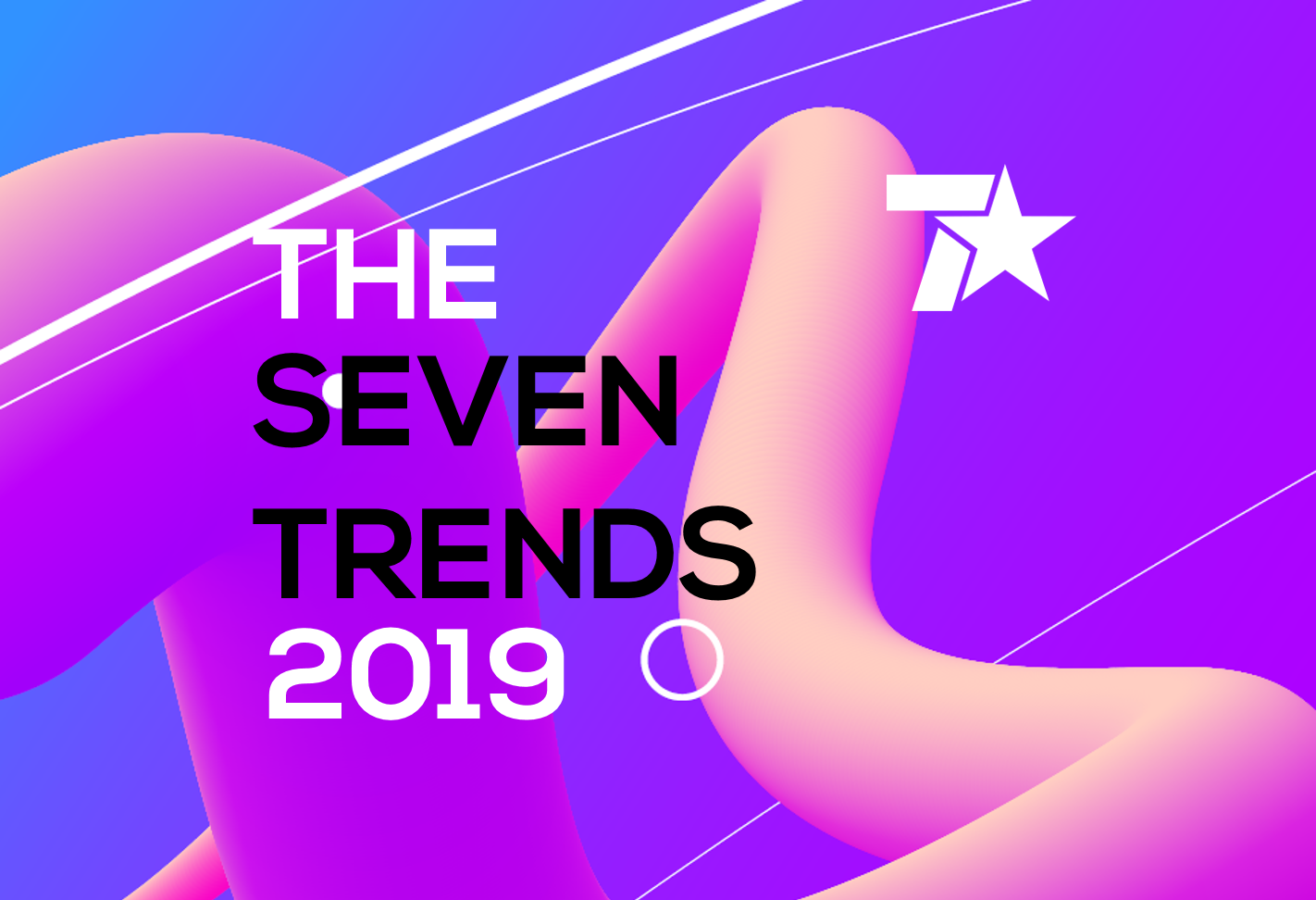
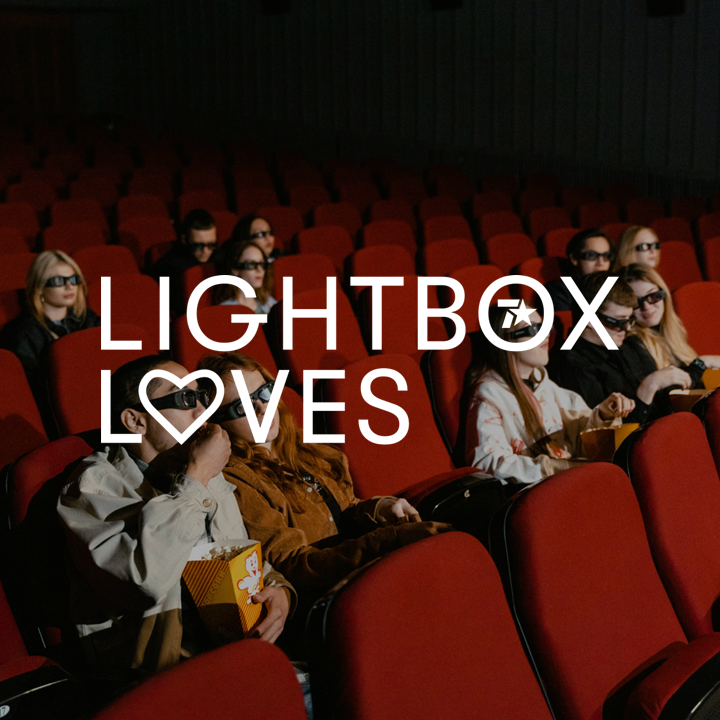
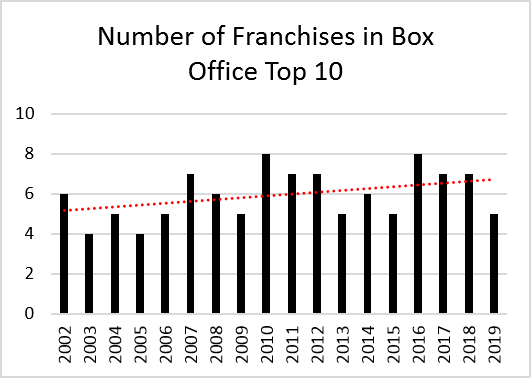
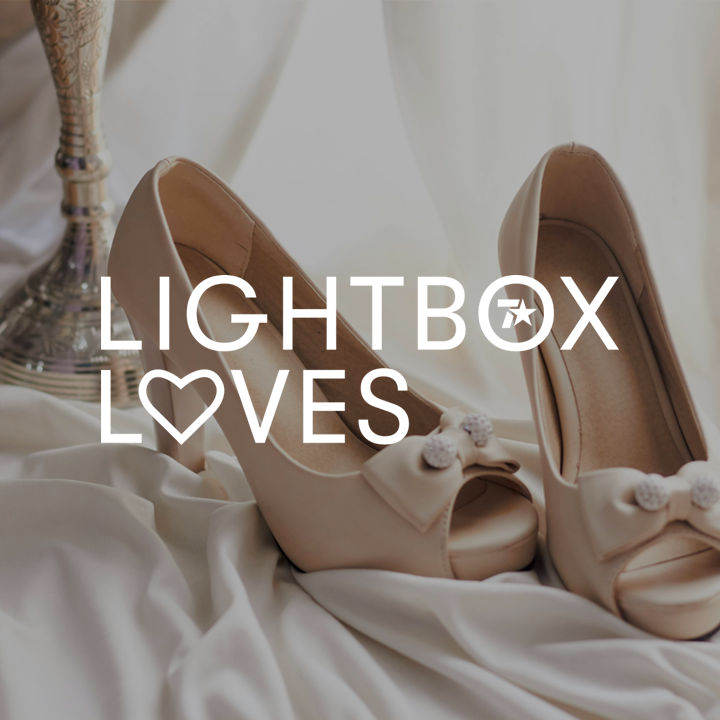

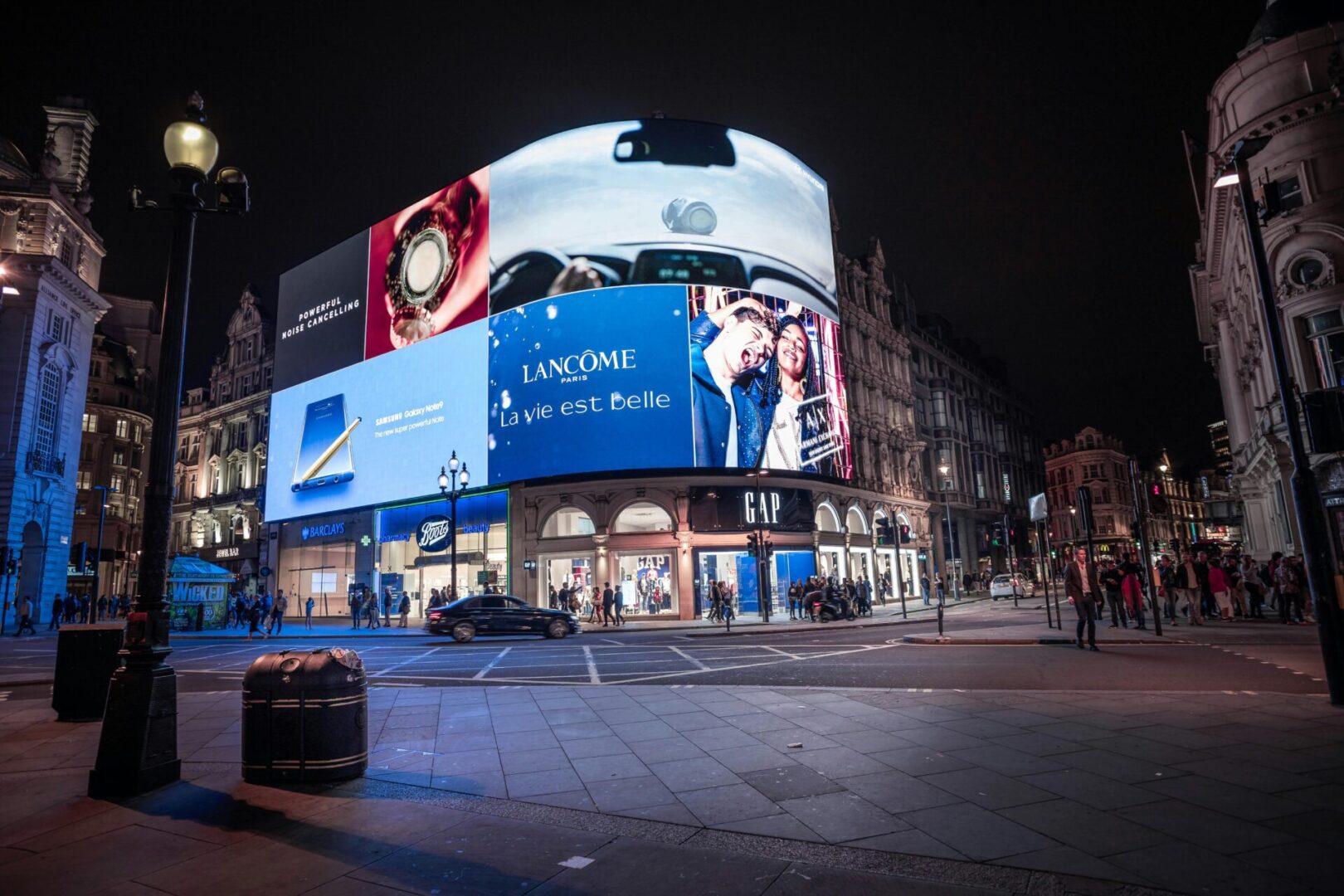

Recent Comments